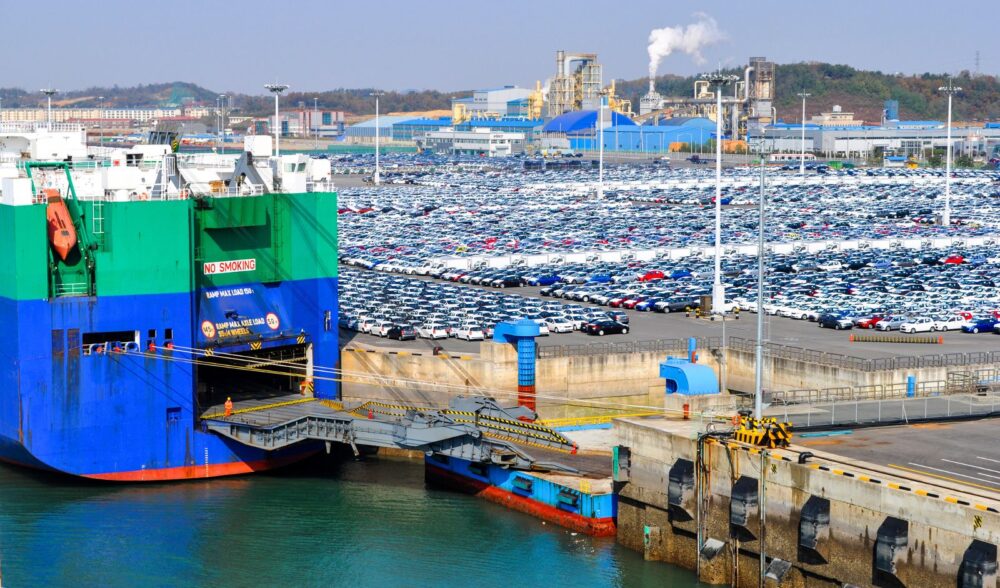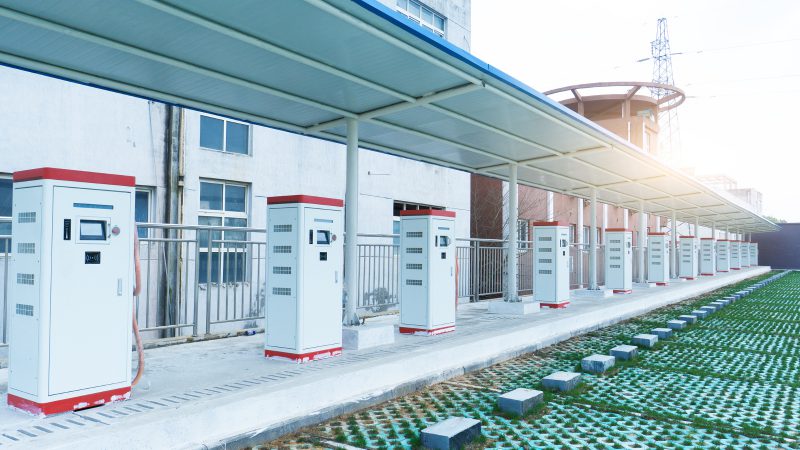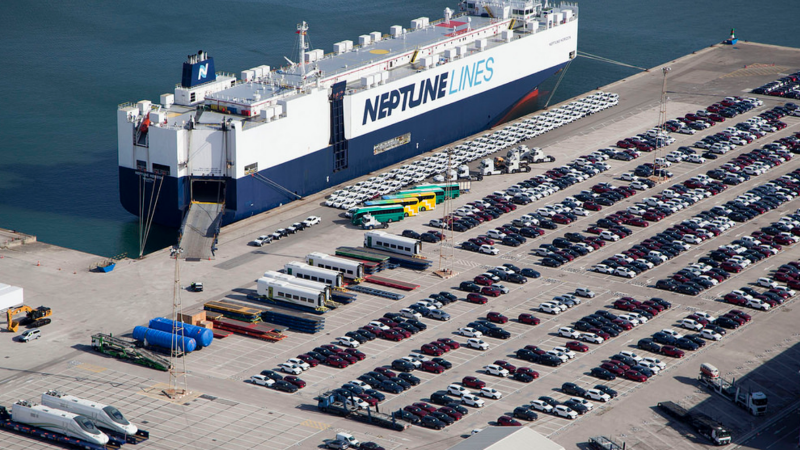What really changes?
The point of departure for this analysis is the fact that, as confirmed by numerous manufacturers, brands want to keep control over the first complete battery charge, which should be done under controlled conditions at the dealership after the vehicle has been delivered. This means that during the transport phase, EVs will be minimally charged to allow for the logistics of distribution, just like combustion vehicles now come with a small amount of fuel in their tanks to allow for movements in the terminal. If this is so, there is no expectation that terminals will have to carry out massive charging operations of all the EVs that arrive there in the future but instead just maintenance operations to deal with potential dead batteries during the transport and field storage phases.
This clearly distinguishes the short term (with lower flows of EVs, which are not expected to remain in the terminals for long) from the middle and long term (with increasing flows and with terminals and storage lots acting as regulating warehouses and long-term storage for EVs).
In any event, the main investment that should be borne in mind to adapt terminal infrastructures is related to the charging stations in vehicle storage areas. Therefore, in the short term, just having mobile charging systems will be enough. These are solutions that can be scaled to the flows of EV transport through the terminal and require a minimal investment.
When planing investments in charging infrastructures, attention should be paid to the middle term. According to the EV sales rates and production, forecasts predict that within ten years it will be necessary to install permanent charging stations to optimise the battery-charging process of vehicles as they go through the terminal. It should also be noted that if the change in terminal infrastructure is expected to be modest, it is expected to be minimal in middle-term operations.
For the purposes of terminal infrastructures, the long term should be viewed as a continuation of the middle term. In the long term, the significant difference among terminals will lie in their ability to make the most of the technological advances in charging and control solutions which will allow operations to be optimised and the associated costs to be lowered.
 Car terminals face imminent changes with the popularization of the electric vehicle. [Image of Alexey Lesik]
Car terminals face imminent changes with the popularization of the electric vehicle. [Image of Alexey Lesik]
 Car terminals face imminent changes with the popularization of the electric vehicle. [Image of Alexey Lesik]
Car terminals face imminent changes with the popularization of the electric vehicle. [Image of Alexey Lesik]



![Symbol signaling a electric car charger [Image by Nicola Sznajder]](https://piernext.portdebarcelona.cat/wp-content/uploads/2018/09/14216540683_6d19f334f4_k-1024x683.jpg)



